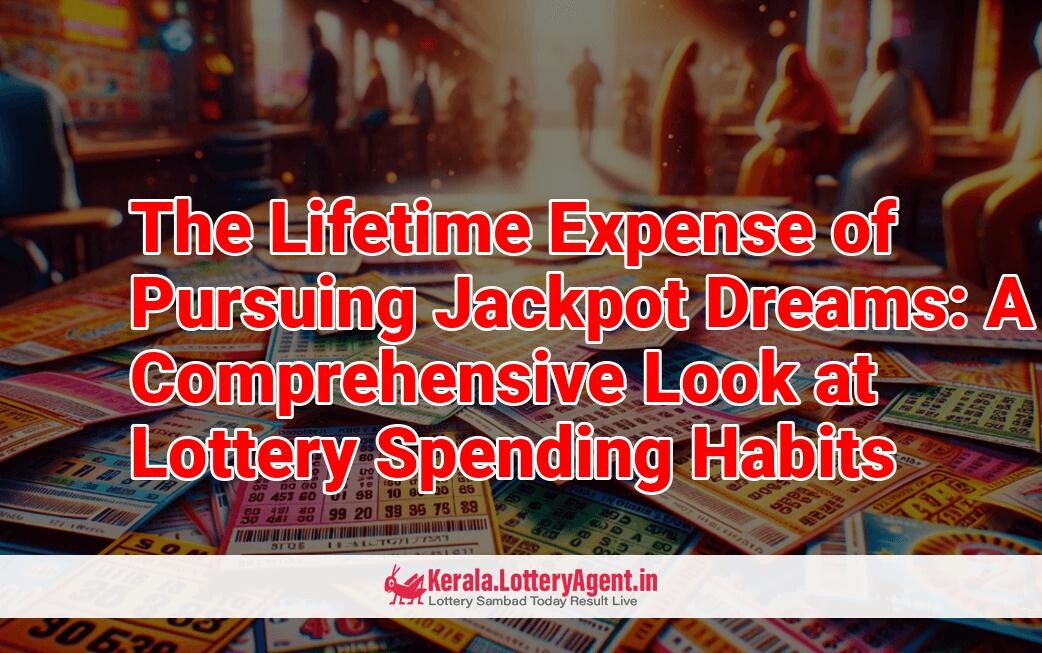
Lotteries hold a unique appeal, commanding the dreams and pockets of millions around the globe who chase the tantalizing possibility of a transformative jackpot. Among the faithful, consistent players dedicate a portion of their income to this pursuit, sometimes substantial enough to warrant thorough consideration and analysis. How much, then, does one spend on lottery enthralment throughout a lifetime? This question beckons a dive into the data to glean insight into worldwide lottery spending habits.
In the United States, lotteries operate in the vast majority of states, becoming crucial revenue streams for 42 of them as of 2008, along with the District of Columbia. The U.S. Census Bureau’s 2008 data reveals that lottery ticket sales reached a staggering $77.3 billion.
Breaking down lottery engagement, statistical trends emerge across various sociodemographic groups, differentiated by factors such as age, gender, race/ethnicity, and socioeconomic status. Men show a higher propensity for gambling on the lottery than women, with respective averages of 18.3 and 11.7 days spent playing in the past year. Adolescents exhibit fewer gambling activities, which notably increase with age, peaking among individuals in their late twenties and thirties, where the participation rate skyrockets to over 70%.
Race and ethnicity also influence lottery participation levels. Non-Hispanic whites alongside Native Americans lead in participation rates, both at 51%, while blacks and Native Americans register the highest average number of days spent on lottery play. Notably, state legality of lotteries dramatically impacts gambling behaviors, with a striking 51% participation rate in legal lottery states versus only 18% where the lottery is not legal.
Socioeconomic status further delineates lottery engagement, with the lowest income quintile showing the highest level of lottery gambling at 61% and an average of 26.1 days gambled per year. The rate noticeably decreases across higher income tiers. Conversely, regarding expenditures, low-income Americans earning less than $30,000 annually represent a sizeable segment of lottery players, spending an average of $412 on tickets each year—around 1.3% of their income. Contrastingly, households with yearly earnings above $75,000 spend just $105 on lottery tickets.
Age groups present additional layers of insight; Americans aged between 65 and 74 emerge as the highest spenders, splurging an average of $132.43 on lottery tickets and pari-mutuels—substantially more than any other age bracket.
Lottery enthusiasm also resonates beyond U.S. borders. In the United Kingdom, approximately £14.5 billion was poured into gambling activities encompassing lottery tickets and various other betting formats between October 2017 and September 2018. Online gaming captures the lion’s share of this expenditure, accruing £5.6 billion in revenue.
Trends across the world indicate an enduring allure of lotteries, owing to their promise of instant, massive wealth for a relatively small entry fee. The global tapestry of lottery spending is rich and varied, from the storied gambling traditions of the Indian subcontinent to the tech-enabled virtual plays of modern-day enthusiasts. Lottoland and comparable online platforms extend the reach of national lotteries, allowing for participation in a global context.
Reflecting a slice of lottery fervor, the state of Kerala in India reports notable figures in its lottery income, marking a consistent upward trajectory over the years. Meanwhile, Germany’s DLTB announced a 4.2% increase in first-half 2020 sales, with popular games like Lotto 6aus49 dominating the charts.
The relationship with lottery gambling seems generally balanced, with spending on tickets not typically exceeding a troublesome portion of personal income. The collective data underscores how the lower-income populace, perhaps seeking a significant shift in their economic circumstances, often play more frequently. Nonetheless, this expenditure conflicts with the belief that poorer households are the most prolific investors in lottery dreams. State cultures play decisive roles, and across the age spectrum, older individuals uniquely demonstrate their affinity for these games of chance.
In summary, the astoundingly high participation in lotteries worldwide illuminates a human penchant for risk-taking in pursuit of fortunes—the lottery, a keynote in this symphony of speculative optimism.











